Complete Solutions to PROBLEMS of chapter FORCE AND MOTION-II of Class 12 book with complete answers and questions
| Class 12 | PHYSICS |
| Chapter | FORCE AND MOTION-II |
| RESNICK AND HALLIDAY | PROBLEMS |
| Number Of Questions | 33 |
| Academic Year | 2023-24 |
Figure 6-28 shows a 6.0 kg block on a
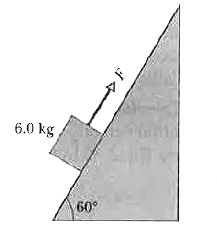
View SolutionIn a pickup game of dorm shuffleboard, students crazed by final exams use a broom to propel a calculus book along the dorm hallway. If the 3.5 kg book is pushed from rest through a distance of 1.20 m by the horizontal 25 N force from the broom and then has a speed of 1.75 m/s, what is the coefficient of kinetic friction between the book and floor?
View SolutionIn Fig. 6-29, a 2.0 kg block is placed on top of a 3.0 kg block, which lies on a frictionless surface. The coefficient of kinetic friction between the two blocks is 0.30, they are connected via a pulley and a string. A hanging block of mass 10 kg is connected to the 3.0 kg block via another pulley and string. Both strings have negligible mass and both pulleys are frictionless and have negligible mass. When the assembly is released, what are (a) the acceleration magnitude of the blocks, (b) the tension in string 1, and (c) the tension in string 2?
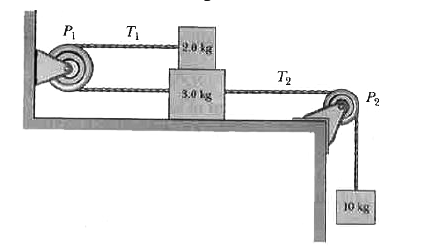
View SolutionTwo block
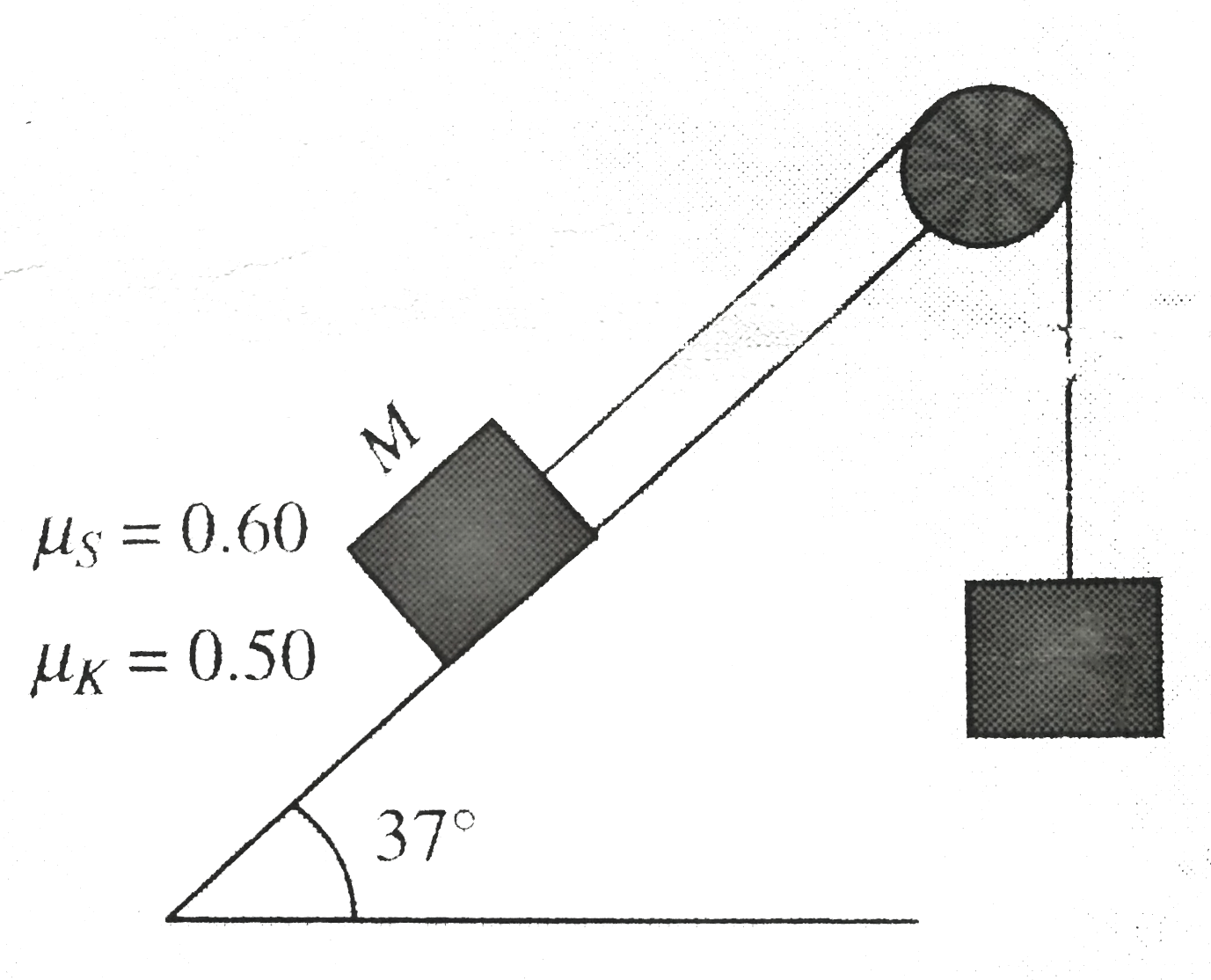
View SolutionA 2.5 kg block is initially at rest on a horizontal surface. A horizontal force
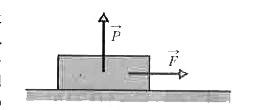
View SolutionA body of mass 2 kg is moving on the ground comes to rest after some time. The coefficient of kinetic friction between the body and the ground is 0.2. The etardation in the body is
View SolutionThe mysterious sliding stones. Along the remote Racetrack Play a in Death Valley, California, stones sometimes gouge out prominent trails in the desert floor, as if the stones had been migrating (Fig. 6-32). For years curiosity mounted about why the stones moved. One explanation was that strong winds during occasional rainstorms would drag the rough stones over ground softened by rain. When the desert dried out, the trails behind the stones were hardbaked in place. According to measurements, the coefficient of kinetic friction between the stones and the wet playa ground is about 0.80. What horizontal force must act on a 20 kg stone (a typical mass) to maintain the stone's motion once a gust has started it moving? (Story continues with Problem 34.)

View SolutionA 3.5 kg block is pushed along a horizontal floor by a force
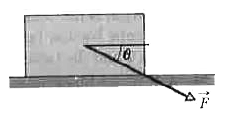
View SolutionIn Fig. 6-34 a block of weight W experiences two applied forces, each of magnitude W/2. What coefficient of static friction between the block and the floor puts the block on the verge of sliding?
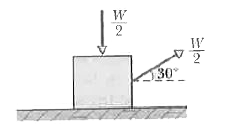
View SolutionIn about 1915, Henry Sincosky of Philadelphia suspended himself from a rafter by gripping the rafter with the thumb of each hand on one side and the fingers on the opposite side (Fig. 6-35). Sincosky's mass was 79 kg. If the coefficient of static friction between hand and rafter was 0.70, what was the least magnitude of the normal force on the rafter from each thumb or opposite fingers? (After suspending himself, Sincosky chinned himself on the rafter and then moved hand-over-hand along the rafter. If you do not think Sincosky's grip was remarkable, try to repeat his stunt.)
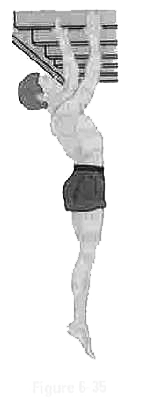
View SolutionA crate of mass 20 kg is sliding across a wooden floor. The coefficient of kinetic friction between the crate and the floor is 0.3.
Determine the magnitude of the friction force acting on the crate.
View SolutionFigure 6-36 shows the cross section of a road cut Joint with ice into the side of a mountain. The solid line AA' represents a weak bedding plane along which sliding is possible. Block B directly above the highway is separated from uphill rock by a large crack (called a joint), so that only friction between the block and the bedding plane prevents sliding. The mass of the block is
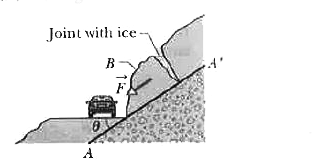
View SolutionIn Fig. 6-37, a block of mass m = 5.0 kg is at rest on a ramp. The coefficient of static friction between the block and ramp is not known. Find the magnitude of the net force exerted by the ramp on the block.
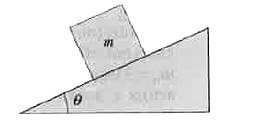
View SolutionA small block of mass
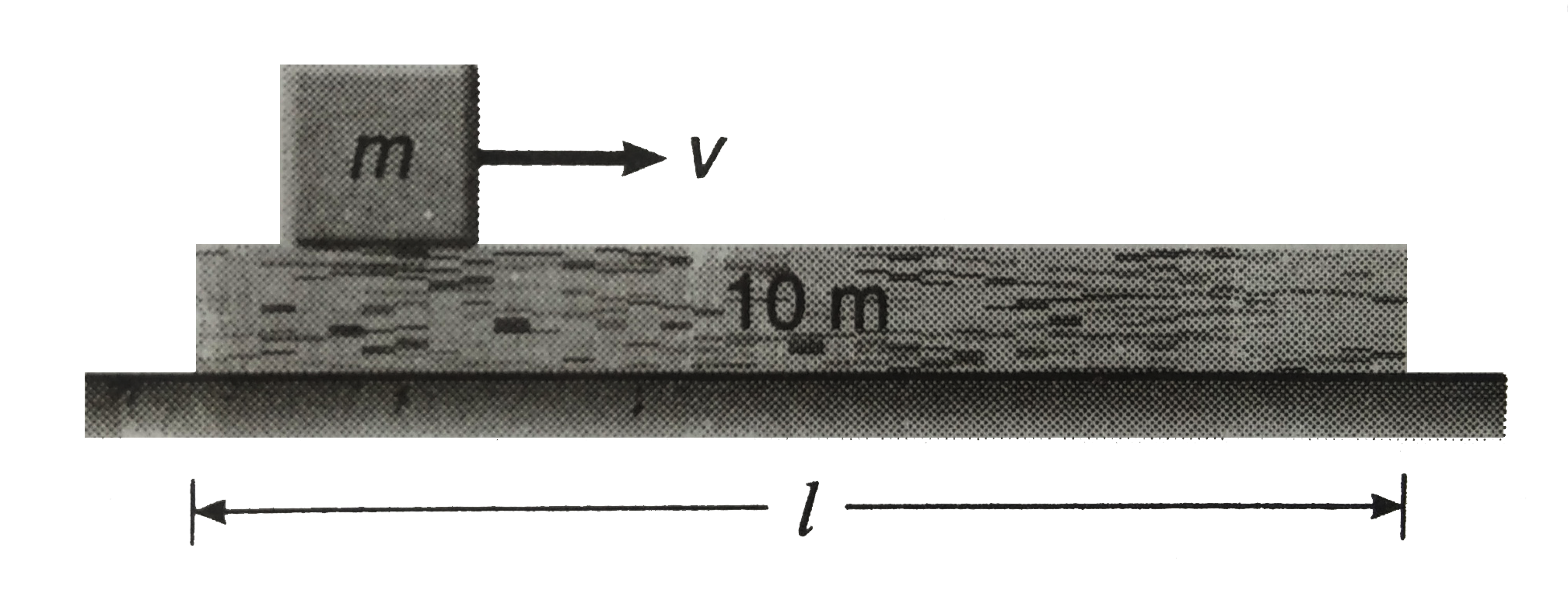
(a) Find the minimum value of
(b) If
View SolutionIn Fig. 6-29, a force

View SolutionYou testify as an expert witness in a case involving an accident in which car A slid into the rear of car B, which was stopped at a red light along a road headed down a hill (Fig. 6-40). You find that the slope of the hill is

View SolutionA 12 N horizontal force
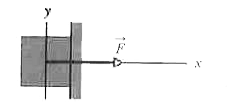
View SolutionIn Fig. 6-42, a box of Cheerios (mass

View SolutionIn Fig. 6-43, a 15 kg sled is attached to a 2.0 kg sand box by a string of negligible mass, wrapped over a pulley of negligible mass and friction. The coefficient of kinetic friction between the sled and table top is 0.040. Find (a) the acceleration of the sled and (b) the tension of the string.
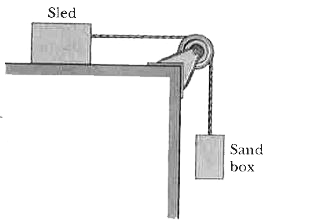
View SolutionIn Fig. 6-44a, a sled is held on an inclined plane by a cord pulling directly up the plane. The sled is to be on the verge of moving up the plane. In Fig. 6-44h, the magnitude F required of the cord's force on the sled is plotted versus a range of values for the coefficient of static friction u between sled and plane:
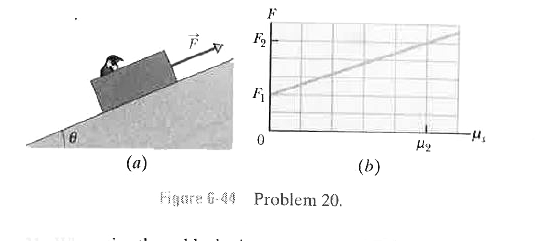
View SolutionWhen the three blocks in Fig. 6-45 are released from rest, they accelerate with a magnitude of 0.500 m/s2 Block 1 has mass M, block 2 has 2M, and block 3 has 2M. What is the coefficient of kinetic friction between block 2 and the table?

View SolutionA 4.10 kg block is pushed along a floor by a constant applied force that is horizontal and has a magnitude of 50.0 N. Figure 6-46 gives the block's speed v versus time t as the block moves 0.5 1.0 along an x axis on the floor. The scale of the figure's vertical axis is set by
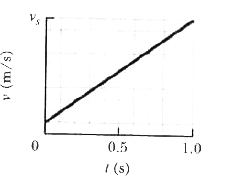
View SolutionFigure 6-47 shows three crates being pushed over a concrete floor by a horizontal force F of magnitude 425 N. The masses of the crates are
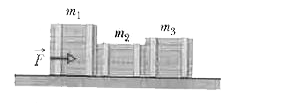
View SolutionIn Fig. 6-48, a 2.0 kg block lies on a 20 kg trolley that can roll across a floor on frictionless bearings. Between the block and the trolley, the coefficient of kinetic friction is 0.20 and the coefficient of static friction is 0.25. When a horizontal 2.0 N force is applied to the block, what are the magnitudes of (a) the frictional force between the block and the trolley and (b) the acceleration of the trolley?
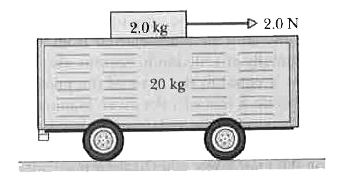
View SolutionIn Fig. 6-49, two blocks are connected over a pulley. The mass of block A is 15 kg, and the coefficient of kinetic friction between A and the incline is 0.20 Angle
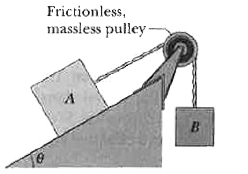
View SolutionIn Fig. 6-50, block A of mass 2.0 kg, block B of 3.0kg, and block Cof 6.0 kg are connected by strings of negligible mass that run over pulleys of negligible mass and friction. The coef ficient of kinetic friction between block B and the table top is 0.40. When the system is released, the blocks move. What is the magnitude of their acceleration?
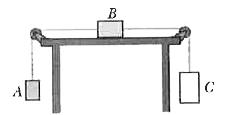
View SolutionA toy chest and its contents have a combined weight of 200 N. The coefficient of static friction between toy chest and floor is 0.47. The child in Fig. 6-51 attempts to move the chest across the floor by pulling on an attached rope. (a) If
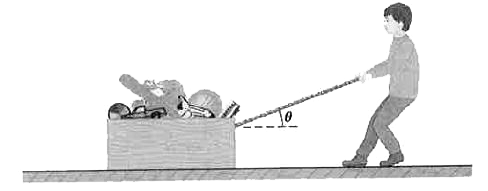
View SolutionIn Fig. 6-52, two blocks, in contact, slide down an inclined plane AC of inclination
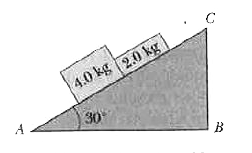
View SolutionA block is pushed across a floor by a constant force that is applied at downward angle
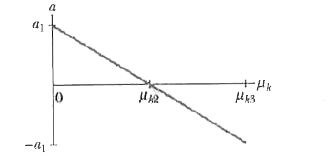
View SolutionIn Fig. 6-54, a slab of mass

View SolutionA water droplet 4.0 mm in diameter is falling with a speed of 10 km/h at an altitude of 20 km. Another droplet 6.0 mm in diameter is falling at 25% of that speed and at 25% of that altitude. The density of air at 20 km is
View SolutionContinuation of Problem z Now assume that Eq, 6-29 gives the magnitude of the air drag force on the typical 20 kg stone, which presents to the wind a vertical crosssectional area of 0.040 m2 and has a drag coefficient C of 0.80.Take the air density to be
View SolutionAssume Eq. 6-29 gives the drag force on a pilot plus ejec-tion seat just after they are ejected from a plane traveling horizontally at 1300 km/h. Assume also that the mass of the seat is equal to the mass of the pilot and that the drag coefficient is that of a sky diver. Making a reasonable guess of the pilot's mass and using the appropriate v, value from Table 6-2, estimate the magnitudes of (a) the drag force on the pilot + seat and (b) their horizontal deceleration (in terms of g), both just after ejection. (The result of (a) should indicate an engineering requirement: The seat must include a protective barrier to deflect the initial wind blast away from the pilot's head.)
View Solution
PROBLEMS questions and complete solutions for chapter FORCE AND MOTION-II of RESNICK AND HALLIDAY PHYSICS (HINGLISH) of Class 12